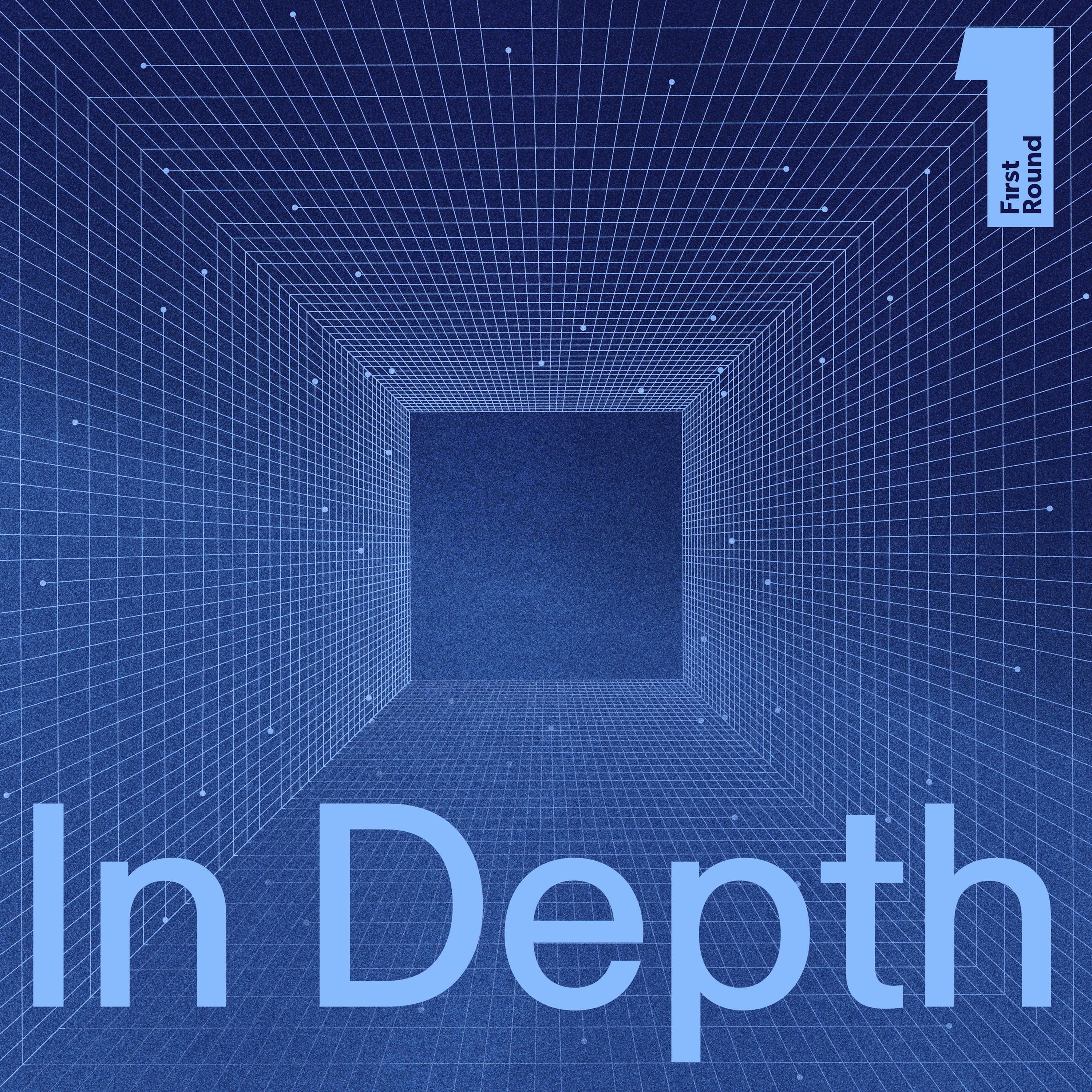

In Depth
First Round
Welcome to In Depth, a new podcast from First Round Review that’s dedicated to surfacing the tactical advice founders and startup leaders need to grow their teams, their companies and themselves. Hosted by Brett Berson, a partner at First Round, In Depth will cover a lot of ground and a wide range of topics, from hiring executives and becoming a better manager, to the importance of storytelling inside of your organization. But every interview will hit the level of tactical depth where the very best advice is found. We hope you’ll join us. Subscribe to “In Depth” now and learn more at firstround.com
Episodes
Mentioned books

Dec 21, 2023 • 1h 10min
Mastering modern entrepreneurship | Building lean, starting young, and studying customers | Steve Blank (Author of The Four Steps to the Epiphany)
Steve Blank, the father of modern entrepreneurship, discusses topics such as improving entrepreneurship in the USA, misunderstood aspects of the Lean Startup methodology, traits shared by outlier founders, irrationality of successful entrepreneurs, transitioning from founder to CEO, why some second-time founders fail, building in existing versus new markets, and the future of The Four Steps to the Epiphany.

Dec 7, 2023 • 1h 14min
Winning with open and closed source products | Neha Narkhede (Co-founder at Confluent and Oscilar)
Neha Narkhede, co-founder at Confluent and Oscilar, discusses the origins of Confluent, Kafka, and Oscilar, how to become a successful second-time founder, advice for monetizing open source products, Neha's unique GTM strategies, and how Confluent ran two businesses within one company.

Nov 30, 2023 • 1h 24min
The Bard blueprint | Creating value, shipping fast, and advancing AI ethically | Jack Krawczyk (Google)
Jack Krawczyk, Senior Director of Product at Google, discusses key lessons from Bard's development process, ethics in AI, how Bard shipped fast, what separates Bard from competitors, the future of LLM, Generative AI, and AGI, and advice for aspiring AI developers.

122 snips
Nov 16, 2023 • 1h 19min
A masterclass in engineering leadership from Carta, Stripe, Uber, and Calm | Will Larson (CTO at Carta)
Will Larson, CTO at Carta and former CTO at Calm, discusses engineering strategy, common management mistakes, optimizing engineering velocity, organizational policies, and the value of micromanagement in certain situations. They also explore the challenges of resource allocation, diving into the details, measuring engineering velocity, handling feedback, and building fundamentals in engineering.

11 snips
Nov 9, 2023 • 59min
How goal-setting and planning is different for AI products | Anastasis Germanidis (Co-Founder & CTO at Runway)
Anastasis Germanidis, Co-Founder & CTO at Runway, discusses the origins of Runway, limitations of being 'customer-driven' in AI, balancing research development with product development, goal-setting for AI products, and advice for early-stage AI founders.

66 snips
Nov 2, 2023 • 1h 7min
How Vercel found extreme product-market fit by focusing on simplification | Guillermo Rauch (Vercel's CEO)
Guillermo Rauch, CEO of Vercel, discusses his path into tech, the journey of building Cloudup and its impact on WordPress, the importance of simplification in business, finding the balance between developer and user experience, the benefits of using Red Panda, the value and positioning of the Vercel platform, AI code behavior, and the importance of simplification and saying no.

11 snips
Oct 26, 2023 • 1h 14min
The business of growing and monetizing an open source product | Ashley Kramer (GitLab CMO/CSO)
Ashley Kramer, CMO and CSO at GitLab, discusses how GitLab monetizes open source roots, marketing metrics, transparent company culture, serving enterprise customers, unique marketing lessons from open core company, and a recent marketing campaign.

5 snips
Oct 12, 2023 • 1h 14min
How to leverage intuition, customer support, and raw effort | Colin Zima (Omni & Looker)
Colin Zima, former Chief Analytics Officer and VP of Product at Looker, discusses lessons from Looker, investing in white-glove customer support, scaling high-touch customer support, intuition-based approach to product, Looker's goal achievement streak, founding story of Omni, and hot takes on startups and hiring PMs.

52 snips
Oct 5, 2023 • 1h 7min
Building Zapier from first principles | Contrarian takes on growth, hiring, fundraising | Wade Foster (Co-founder & CEO)
Wade Foster, Co-founder & CEO at Zapier, discusses the unorthodox decisions behind Zapier's success, their powerful distribution engine, and the impact of Veterans United. He shares insights on product market fit, fundraising, and people management. The podcast explores unconventional strategies, adapting to change, and the importance of intellectual honesty.

5 snips
Sep 28, 2023 • 1h 1min
How young outsiders changed the shipping industry by finding product-market fit again and again | Laura Behrens Wu (Shippo)
Laura Behrens Wu, Founder & CEO at Shippo, talks about the company's pivot-stricken origin story, finding product-market fit multiple times, unique take on founder-market fit, advice on talking to users, prioritizing resources using the 3 Horizons Framework, and the impact of unfiltered emails on team connection.


